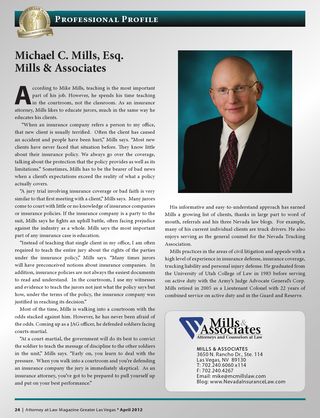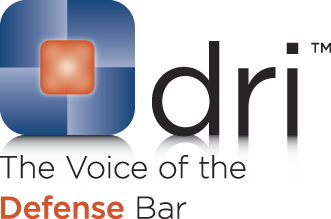In this turbulent economy, more and more businesses and individuals are filing for bankruptcy protection. When a bankruptcy is filed, what happens where the debtor is either a Plaintiff or Defendant in litigation? This post will try to answer those questions.
When a Plaintiff or a Defendant files bankruptcy, the federal bankruptcy law imposes an “automatic stay”. The automatic stay stops all litigation activity of the debtor. The stay is triggered by the filing of the bankruptcy petition. It starts at the time of the filing of bankruptcy, not the time that a creditor or litigant learns of the bankruptcy
If the Plaintiff files bankruptcy that does not necessarily relieve the Defendant of paying damages. The litigation simply stops until the bankruptcy trustee decides how it wants to handle the matter. The debtor’s bankruptcy trustee becomes the new party in interest in the litigation. The bankruptcy trustee can fire the Plaintiff’s attorney and hire one that is preferred by the trustee. The trustee can also decide to settle the matter where the Plaintiff would not previously settle. Chances are that the Plaintiff won’t get to keep as much of the settlement had he not filed bankruptcy. The actual amount due the Plaintiff will depend on his or her personal exemptions. A portion of the settlement money may go to pay creditors.
If the Defendant files for bankruptcy and the Plaintiff still wants to pursue the claim, one of two things can happen. The litigation could shift to the Bankruptcy Court, where liability and damages could be tried before a Bankruptcy Judge. If there is a trial in Bankruptcy Court, the Defendant’s obligation to the Plaintiff would be considered a debt of the bankrupt’s estate. The more common way this is handled to have the automatic stay lifted. This can be accomplished through a Motion for Relief from the Automatic Stay (filed by the Plaintiff), or via a Stipulation to Lift the Automatic Stay.(11 U.S.C. 362) The motion or stipulation would ask the court to lift the stay but only as to the extent of the Defendant’s insurance coverage. The Plaintiff could then only pursue the debtor/defendant for damages within the policy limits. The parties would then proceed forward in litigation in the court where the case originated.
While Mills & Associates is not a bankruptcy law firm, we often direct clients to competent attorneys that can help with bankruptcy related litigation issues.
 Follow
Follow Email
Email


